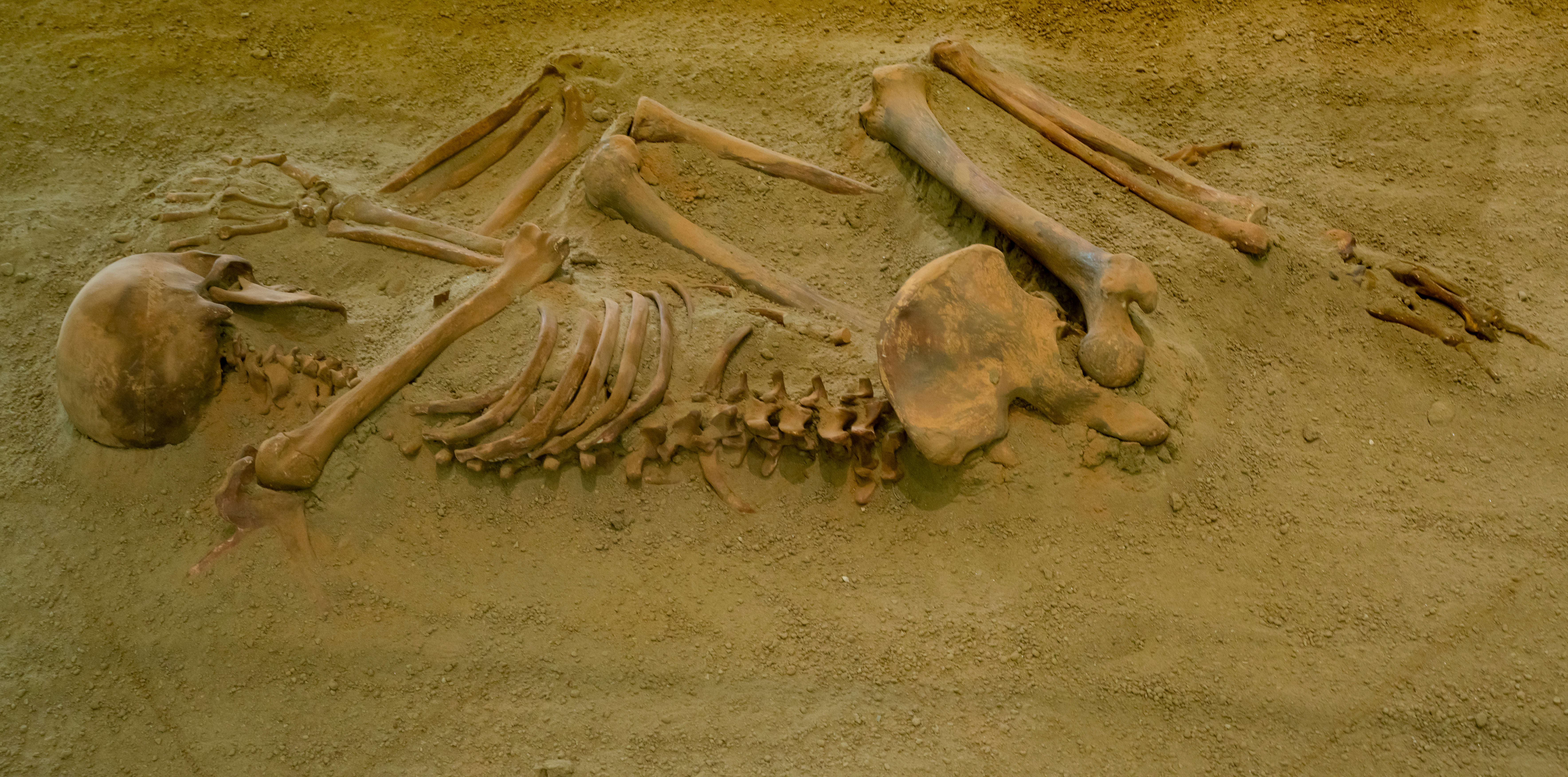
Researchers may have identified one of the earliest known cases of rheumatoid arthritis, according to an article published in Live Science. In 2018, archaeologists excavated a cemetery in southeastern Egypt and discovered the nearly-complete skeletal remains of a Nubian woman from over 3,500 years ago (between 1750 and 1550 BCE). They conducted an osteological analysis of the remains and estimated that the woman had been 25 to 30 years old at the time of her death. After examining the joints of the hands and feet, they found erosive lesions with smoothed-out holes indicative of rheumatoid arthritis; however, there was no destruction of the joint surfaces. The researchers noted that despite commonly observing osteoarthritis in the archeologic record, finding evidence of rheumatoid arthritis is rare because individuals often did not live long enough to develop lesions. They hypothesized that the Nubian woman would have experienced swelling, soreness, mobility issues, and a reduced quality of life. “We have to think about what it would have looked like for somebody living on that landscape during that time,” concluded Madeleine Mant, MSc, PhD, Assistant Professor in the Department of Anthropology at the University of Toronto.